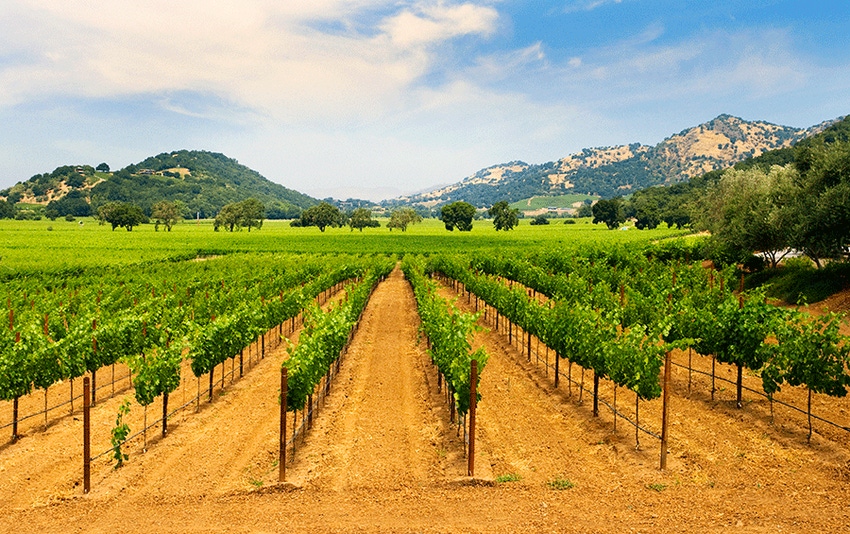
So you want to plant a vineyard? Well, there are a few things to consider before you start digging, says University of California-Davis Viticulture Assistant Keith Orlebeck.
They include what your intensions are, where you plan to plant, what your soil conditions are and whether they’re supportive of growing grapes, and which variety of grapes you want to plant.
Also important to consider are what costs will be and what it will take to maintain the vineyard, the Riverside County-based Orlebeck advises in a presentation he makes to grower groups.
HOBBY OR BUSINESS?
In planning a vineyard, a grower should consider whether it is going to be a hobby or a business venture, he says. This will help in determining such things as vineyard size, varieties that are planted, and whether to develop a business plan.
Knowing these things ahead of time is crucial, Orlebeck says, because it’s costly to establish a vineyard — at least $10,000 an acre. And it’s a long-term commitment; the grapes planted today may be around for generations. Also, the return on investment is delayed: vines won’t produce a crop until their fourth or fifth year, and then at least another year is needed to produce the first vintage.
“So, if you start a vineyard, it takes a minimum of 11 years to 13 years to get into a positive net income position, if you are marketing only the wine that you produce from your own grapes,” Orlebeck says in his presentation, citing a report from the Cornell Horticulture Business Management and Marketing Program.
Keeping a vineyard is also difficult, year-round work. While the harvest involves long days, the dormant period also requires lots of activities in the vineyard.
LOCATION, LOCATION
While it may seem that vineyards are popping up virtually everywhere, location is important in maintaining healthy, producing vines, Orlebeck says. For one thing, sufficient sunlight is needed to ensure proper ripening of grapes and for preventing diseases. Also, is your chosen spot prone to frost during spring, a sensitive growing time for grapes?
Here are some key factors to consider when selecting a vineyard site:
Elevation, including sea level and variations in elevation within the site
Slope, or the degree of inclination of the land
Aspect (north, south, east, or west), which affects how sunlight hits the vines
-History of the site, including previous crops and vegetation, chemicals, weeds, and diseases
For instance, planting a vineyard at or near the highest point of a site will give it better air and water drainage. Cold air is heavier than warm air, so it’ll settle in the low spots on the property. Also, standing water in lower areas will limit the oxygen available to the vine root system.
SOIL CONDITIONS
Orlebeck points to recent studies that detail how soil provides the foundation for grapevine growth, giving the plants necessary water and nutrition. Vineyard soils should be evaluated in their full context, including their physical, chemical, and biological properties. An ideal vineyard soil is deep, well-drained, with moderate fertility and moderate water-holding capacity.
Soil texture and structure have a key effect on nutrient availability to the plant, according to a study by UC-Davis researchers Jean-Jacques Lambert, Michael Anderson, and James Wolpert.
Soils rich in organic matter are generally high in available nutrients, including zinc and iron, they note. Clay soils can fix the level of potassium, thereby decreasing its availability to the plant. Rapid leaching can drain nutrients from sandy soils.
CHOOSING A VARIETY
Determining which variety of grapes to plant will again depend on what your intentions are, says Orlebeck. One acre of vines can easily produce 10,000 pounds of grapes. So, if you want to sell grapes to a winery, they typically want grapes for white and red wines, sweet or dry wines, or wines to reach a target market, he says.
If your plan is to make your own wine, you still must consider what the market wants. Or, you might want to grow table grapes for home use or to sell.
Orlebeck points to an array of resources to help growers get started. To view his slide presentation, visit http://ucanr.edu/sites/sdviticulture/files/281943.pdf
About the Author(s)
You May Also Like






